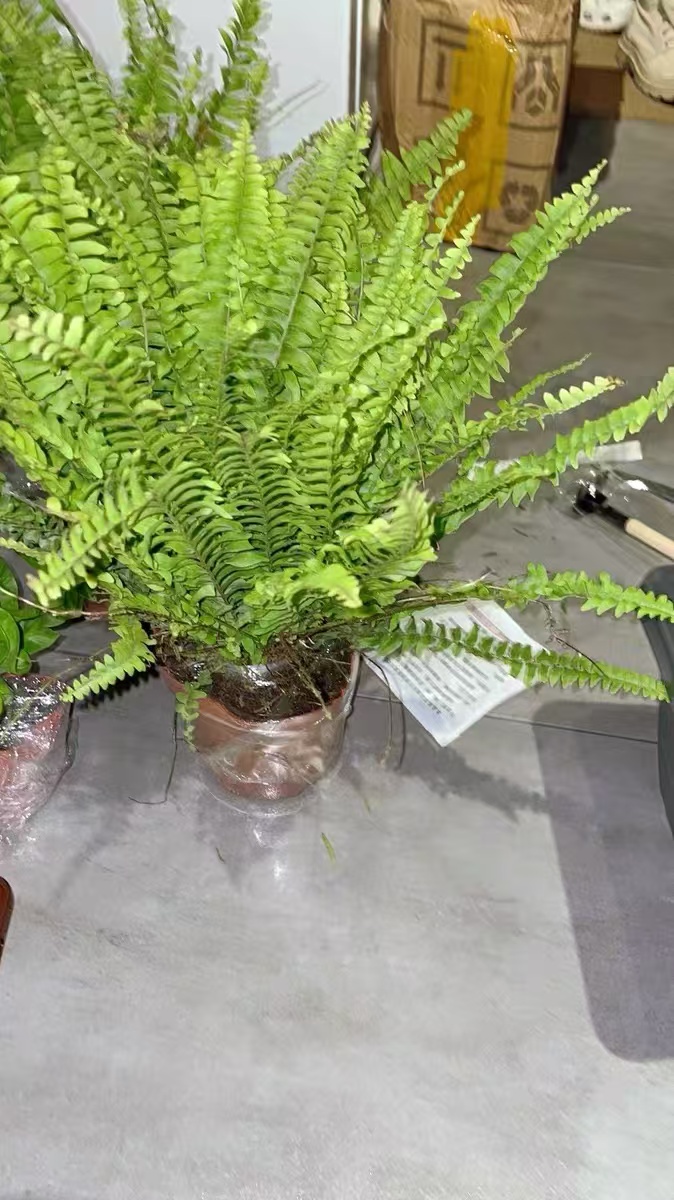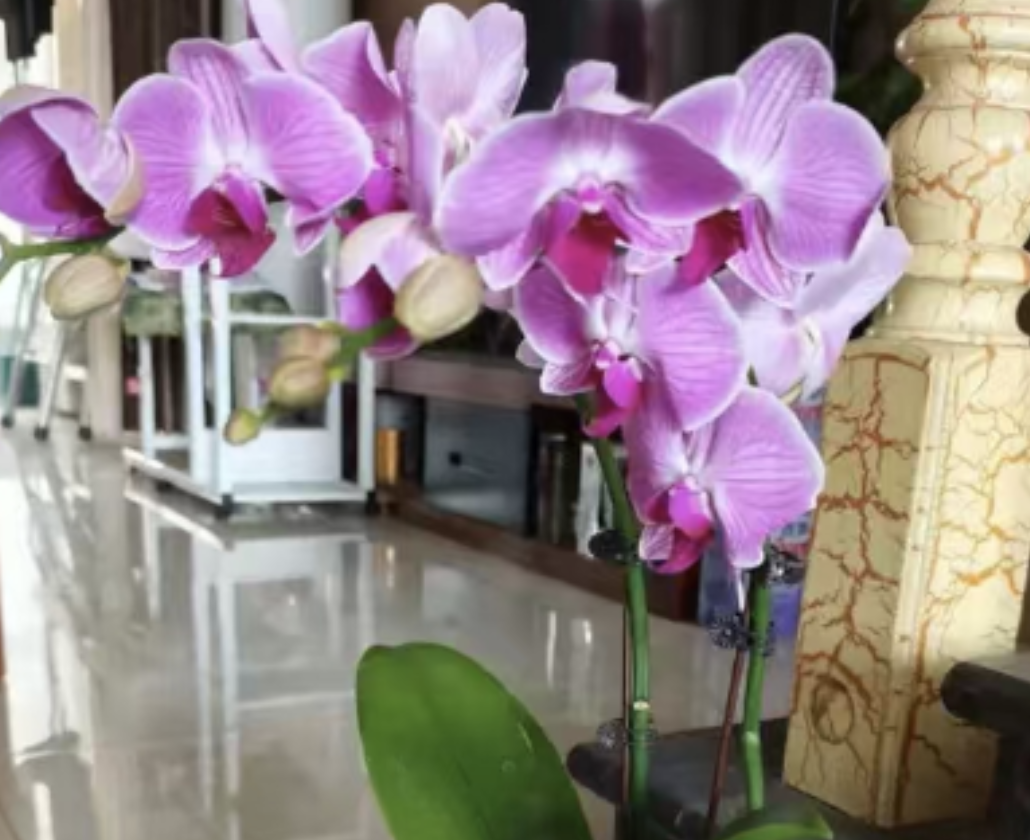Placing green plants at home can not only beautify the environment but also purify the air and improve the quality of life. However, when choosing plants, we often worry about whether they are poisonous or not, especially for families with children or pets. Today, I will introduce four kinds of non-toxic and easy-to-care-for indoor plants for you, so that you can enjoy a green life without worry.
Boston Fern: The Boston Fern, also known as Nephrolepis cordifolia, is a very popular indoor foliage plant. Its leaves are pinnately compound, with emerald green and shiny blades and an elegant shape, making it very suitable for decoration at home. The Boston Fern also has the ability to purify the air, being able to absorb harmful substances in the air, such as formaldehyde and benzene, providing a healthier living environment for family members.
The Boston Fern prefers a semi-shaded environment and should avoid direct sunlight. It can be placed in a bright indoor area without direct sunlight. Keep the potting soil moist, but avoid waterlogging. During the growth period, the amount of watering can be appropriately increased, while in winter, the watering should be reduced. The suitable growth temperature is 15 - 25 °C. In winter, it is necessary to keep it warm to avoid frostbite. Applying a thin liquid fertilizer once a month during the growth period can meet its growth needs.
Areca Palm: The Areca Palm, also known as Chrysalidocarpus lutescens, is an indoor foliage plant with a tropical flavor. Its leaves are pinnately divided, shaped like a fan, neatly arranged, and brightly colored, giving a vibrant feeling. The Areca Palm also has the ability to purify the air, effectively absorbing dust and harmful gases in the air.
The Areca Palm likes a bright light environment but can also adapt to a semi-shaded environment. Avoid keeping it in a dark place for a long time to prevent affecting its growth.
During the growth period, keep the potting soil moist, but do not allow waterlogging. In summer, the number of waterings can be appropriately increased, while in winter, the watering should be reduced. The suitable growth temperature is 20 - 30 °C. It is not cold-resistant, so it is necessary to take good warming measures in winter. Applying a decomposed organic fertilizer or compound fertilizer once a month during the growth period is enough.
Rubber Tree: The Rubber Tree, also known as Ficus elastica, is an evergreen arborescent shrub plant. Its leaves are thick, broad, dark green, and shiny, with high ornamental value. The Rubber Tree is not only beautiful but also can effectively absorb harmful substances in the air, such as formaldehyde and benzene. The Rubber Tree likes a well-lit environment but can also adapt to a semi-shaded environment. Avoid keeping it in a dark place for a long time to prevent affecting its growth and the color of its leaves. During the growth period, keep the potting soil moist, but do not allow waterlogging. When watering, follow the principle of "watering when the soil is dry and stopping when it is wet". The suitable growth temperature is 20 - 30 °C. In winter, it is necessary to keep it warm to avoid being damaged by low temperatures. Applying a decomposed organic fertilizer or compound fertilizer once a month during the growth period can meet its growth needs.
Spider Plant: The Spider Plant, also known as Chlorophytum comosum or other names, is a very popular indoor hanging foliage plant. Its leaves are slender and soft, naturally drooping to form an elegant arc; when it blooms, it also emits a faint fragrance. The Spider Plant is not only beautiful but also has a strong air purification ability. The Spider Plant prefers a semi-shaded environment and should avoid direct sunlight. It can be placed in a bright indoor area without direct sunlight. Keeping the potting soil moist can avoid problems caused by being too dry or too wet. During the growth period, the number of waterings can be appropriately increased to meet its growth needs. The suitable growth temperature is about 15 - 25 °C. In winter, it is necessary to take good warming measures to prevent frostbite. Applying a thin liquid fertilizer once a month during the growth period can meet its growth needs; in winter, fertilization should be reduced or stopped to avoid problems caused by fertilizer accumulation.
All of the above flowers are non-toxic and easy-to-care-for household flowers. They are not only beautiful but also can bring an auspicious and healthy atmosphere, making them excellent choices for household flower cultivation. Of course, besides these flowers, there are many other excellent household flowers, such as Monstera deliciosa, Hedera helix, and Caladium bicolor. You can make a selection according to your own preferences and home environment.
What are the non-toxic and easy-to-care-for plants?

Share with
Tagged in :




Leave a Reply